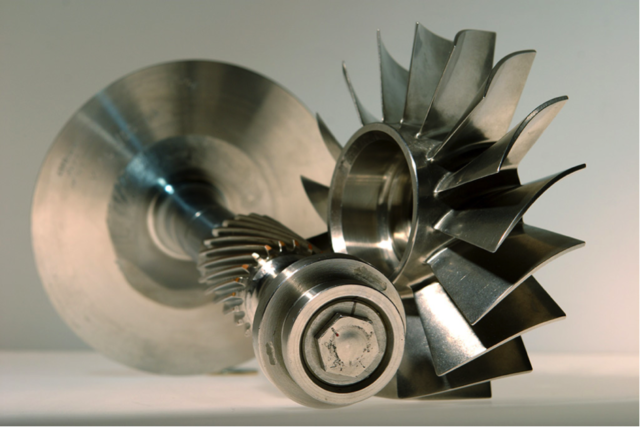Titanium: The Mighty Metal of Modern Innovation – Unveiling its Strategic Role in Aerospace, Defense, and Beyond

About Course
Titanium: The Mighty Metal of Modern Innovation – Unveiling its Strategic Role in Aerospace, Defense, and Beyond takes you on an exciting journey into the heart of a metal that has quietly shaped our modern world. With its strength rivaling steel and weight lighter than aluminum, titanium is the unsung hero of aerospace missions, defense technologies, life-saving implants, and even the depths of our oceans. This course blends science, strategy, and industry insights to explore how titanium’s unique properties are propelling humanity into a future of technological breakthroughs and sustainable engineering.
Whether you’re fascinated by spacecraft design, intrigued by defense-grade materials, or passionate about cutting-edge manufacturing like 3D printing, this course will unveil the layers of innovation surrounding titanium. You’ll gain a deep understanding of how it’s mined, transformed, and deployed in extreme conditions—from the battlefield to the stars. The course also looks ahead, exploring how titanium is leading the charge in green technologies and space exploration. Packed with real-world applications and future-forward insights, this course is a must for curious minds ready to dive into the world of advanced materials and their global impact.
Course Content
Introduction
Overview of titanium’s exceptional properties and advantages
00:00The significance of titanium in aerospace, defense, and various industries
00:00Importance of titanium as a strategic material in critical applications
00:00